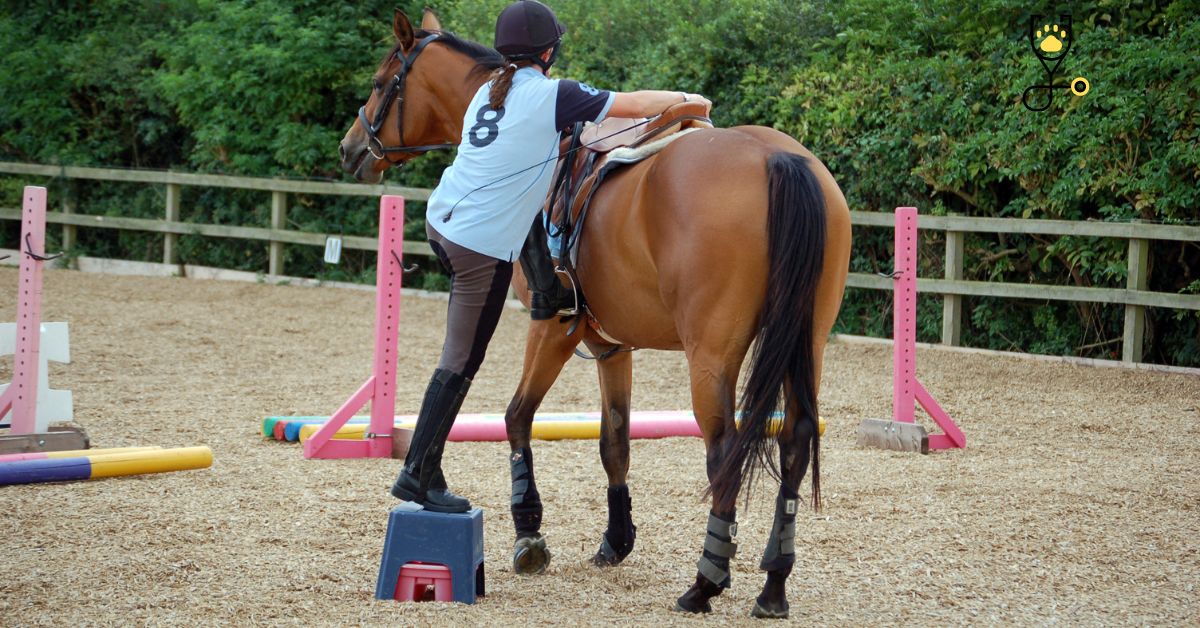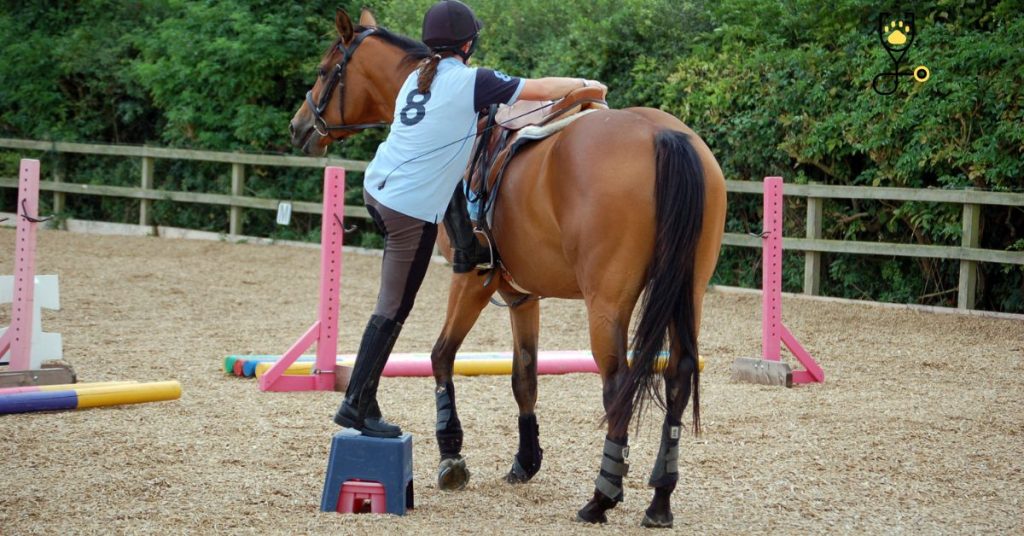When it comes to mounting your horse, there are many things to consider in order to do it safely. In this post, we’ll discuss 10 different ways to achieve safe mounting, some benefits, and also some risks associated with each. Whether you’re a beginner or an experienced rider, be sure to try out the different methods and find what works best for you and your horse!
What Is Mounting?-horseback riding
Mounting is a term used to describe the action of getting onto a horse. Horseback riding is one of the most popular activities for people who want to strengthen their bond with animals, as well as take part in an exciting and challenging sport. The process of mounting involves placing one foot into a stirrup before swinging your other leg over the horse’s back.
Mounting a horse can be intimidating to beginners, but it is an essential skill to learn for anyone interested in riding horses. There are several techniques for mounting a horse, and the best way to determine which method works best for you is by talking to experienced riders or taking lessons with a professional instructor.
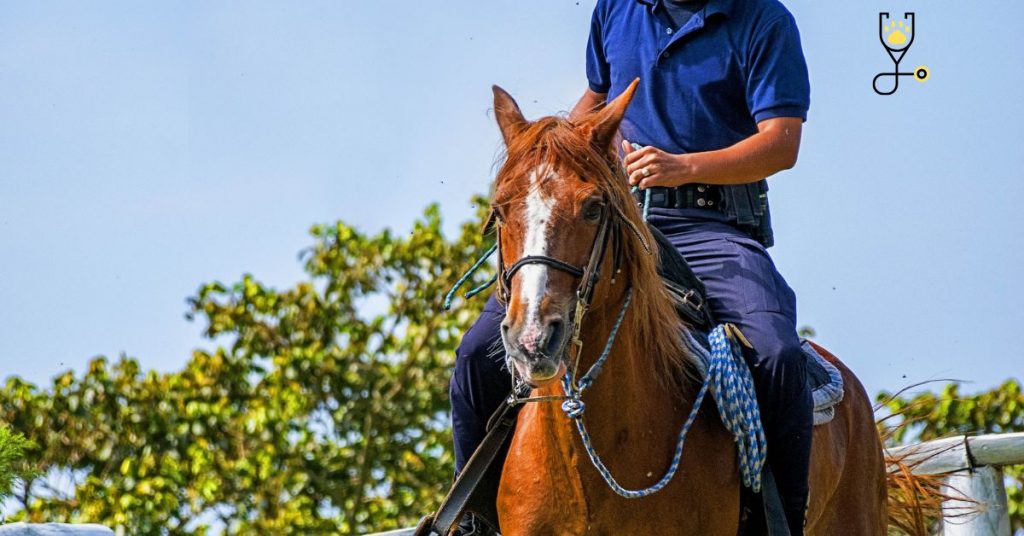
10 Ways To Mount Your Horse Safely
1. Take your time – When you’re mounting your horse, it is important to take your time and be as gentle as possible. If the horse feels rushed or startled during the process, he may become difficult to control. Talk to him softly, give him plenty of praise, and let him know that everything is okay.
2. Use an appropriate mounting block – A mounting block is a great tool to use when you’re getting on your horse. This will make it easier for both you and the horse, as you won’t have to strain your back or pull on the reins.
3. Make sure all of your equipment is secure – Before you mount your horse, make sure that all of your equipment is secure and in place. This will ensure that you stay safe during the ride, as well as protect the horse from any unnecessary discomfort or strain.
4. Practice mounting from both sides – Many riders stick to one side when they are mounting their horses, but it’s important to practice mounting from both sides. This will help to prevent any imbalances in your horse’s muscles, as well as keep you from becoming too comfortable with one side over the other.
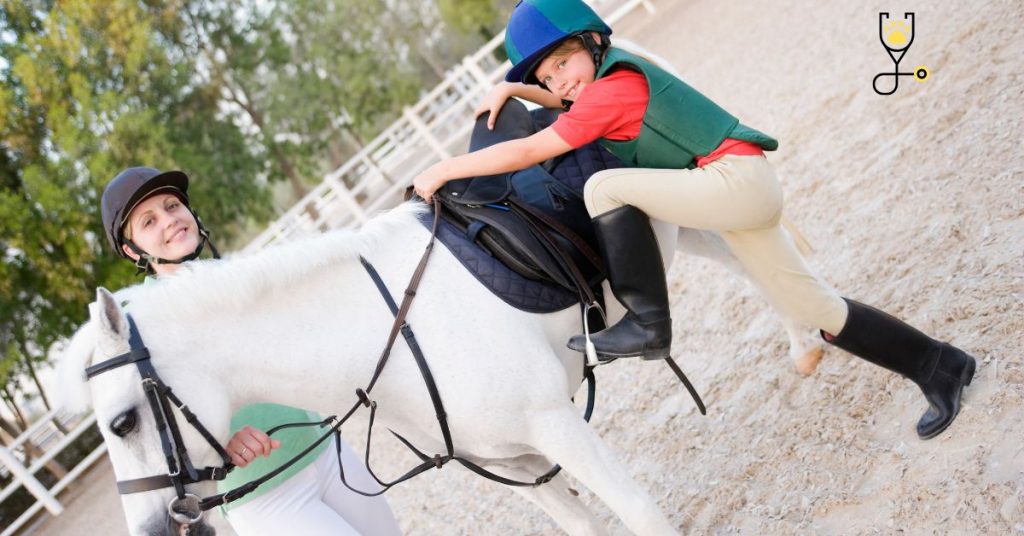
5. Check for obstacles – Before you mount your horse, it is important to make sure that there are no obstacles that could cause injury if stepped on. Check for rocks, sticks, and other debris before you mount.
6. Lead your horse to the mounting block – If you are using a mounting block, make sure to lead your horse there before attempting to get on. This will help to ensure that he stands still when it’s time to mount him.
7. Take a deep breath – Before you swing your leg over the saddle, take a few deep breaths and relax. You want your body to be as relaxed as possible during the process so that it doesn’t tense up and scare your horse.
8. Use gentle motions – When you swing your leg over the saddle, use gentle motions rather than jerking or sudden movements that could cause the horse to react.
9. Be prepared to fall off – Falling off a horse can be scary, but it’s important to be prepared for the possibility. If you do find yourself on the ground, stay relaxed and take your time getting back up.
10. Have fun! Mounting a horse doesn’t have to be stressful or intimidating if you take your time and practice the proper techniques. So relax, enjoy yourself, and have fun! Mounting a horse safely is essential when it comes to riding horses.
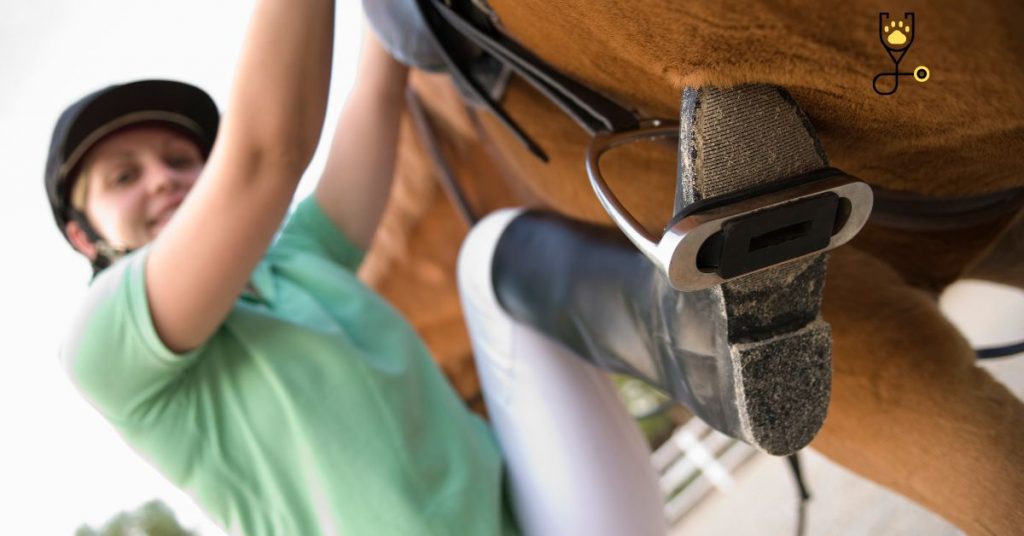
By following these 10 tips, you will ensure that you mount your horse correctly and remain safe while doing so.
key Benefits of horseback riding
1. Physical Benefits
Horseback riding is an excellent form of physical activity that can help to improve your overall fitness level. The combination of posture and balance involved in the activity can help you strengthen your core muscles, as well as build strength in your legs and arms.
2. Mental Benefits
Mounting a horse also has mental health benefits, such as reducing stress and anxiety levels. Riding horses can be a meditative experience for some people, allowing them to relax and clear their minds from daily worries or obligations.
3. Improved Coordination
Horseback riding helps to improve coordination by forcing riders to use their bodies in unison with the movements of their mount. This requires concentration, focus, and balance, all of which can be beneficial for riders of all ages.
4. Social Opportunities
Horseback riding can also provide social opportunities for people who might otherwise not have the chance to interact with other horse enthusiasts or participate in equestrian activities. Whether it’s a casual ride with friends or participating in competitive events, horseback riding can help you meet others with similar interests and make new connections.
5. Fun & Adventure
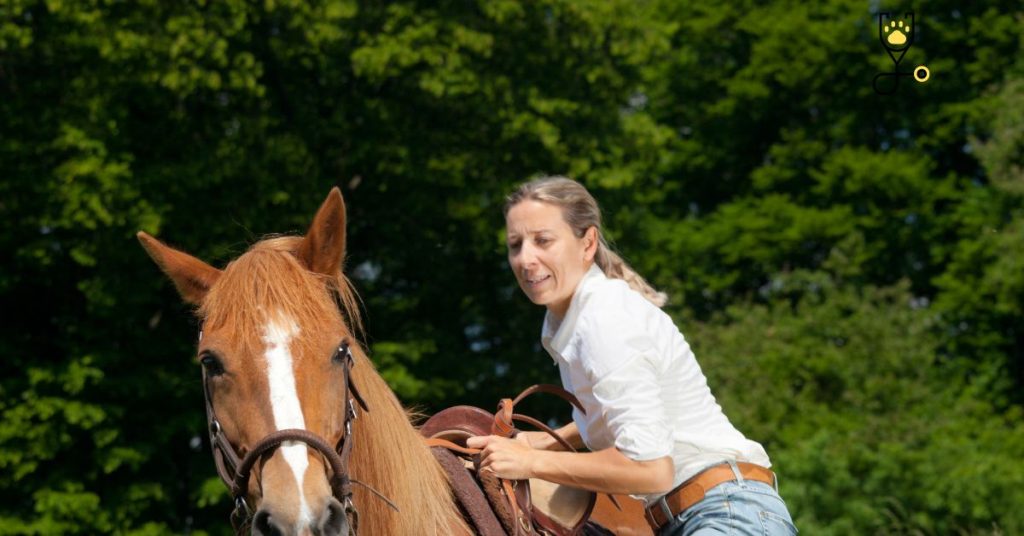
Perhaps most importantly, horseback riding is a fun way to explore the outdoors and experience a sense of adventure!
There are plenty of scenic trails to explore, competitions to enter, and unique experiences to enjoy when it comes to horseback riding. So don’t forget to take the time to enjoy these benefits as well. With a bit of practice, you’ll be mounting your horse safely and happily in no time!
Risks of Horseback Riding
While horseback riding can be a lot of fun, it is not without its risks. When mounting and riding a horse, it’s important to take the proper safety measures to avoid injury or accidents. Here are some of the main risks associated with horseback riding and how you can best avoid them:
1. Falling off – One of the most common risks associated with horseback riding is falling off your mount. To help reduce this risk, make sure that you stay balanced in the saddle and wear a helmet for added protection.
2. Getting kicked – Horses can kick out when startled or scared, so it’s important to remain aware of your surroundings and watch for any signs that may indicate your horse might kick.
3. Becoming tangled in the reins – Being tangled up in your horse’s reins can be dangerous and lead to injury, so it’s important to always keep them loose and free from knots.
4. Getting spooked by other animals – Horses are easily spooked by loud noises or sudden movements, so it’s best to avoid areas with a lot of people, dogs, or other animals that could startle your mount.
5. Weather-related risks – Inclement weather can make riding more dangerous, so pay attention to the forecast before mounting your horse and plan accordingly. These are just some of the potential risks associated with riding horses and while they shouldn’t deter you from enjoying the activity, it’s important to be aware of them and take the necessary steps to minimize any potential risks.
Conclusion
Mounting a horse safely is essential when it comes to riding horses. By following the proper techniques and taking the time to get comfortable with your horse, you will be able to enjoy all of the physical, mental, social, and recreational benefits that come along with horseback riding. So take the time to practice these tips, stay safe and have fun! and applying these safety tips for mounting a horse and learning more about the various benefits of horseback riding, you can ensure that each ride is both enjoyable and safe. Horseback riding can be an incredibly rewarding experience if done properly, so make sure that you are taking all necessary measures to keep yourself (and your mount!) protected. With some practice and care, you can have a horseback riding experience that is fun, safe, and rewarding. Happy Riding!
Frequently Ask Questions (FAQs)
Q: What are the benefits of horseback riding?
A: Horseback riding provides physical, mental, and social benefits. Physically, it can help to improve your overall fitness level, build muscle strength in your arms and legs, and improve coordination. Mentally, it can reduce stress and anxiety levels while providing a meditative experience. Socially, horseback riding can provide unique opportunities for making connections with like-minded people.
Q: How do I safely mount a horse?
A: To safely mount a horse you should use a block or mounting stool if available. Approach the side of the horse facing an obstruction such as a wall or fence so that you have something to brace yourself against. Put your left foot in the stirrup and grab ahold of the mane or saddle horn with your right hand while pushing off of the obstruction with your feet. Swing your right leg up and over the horse’s back, then adjust to a comfortable sitting position before releasing your grip on the mane or saddle horn. Make sure that you always wear a helmet when mounting and riding horses for safety reasons.
Q: What are some tips for riding horses?
A: Some tips for riding horses include maintaining good posture, using gentle cues with minimal pressure, being aware of your surroundings, practicing regularly to maintain muscle memory, and taking breaks as needed. Additionally, it is important to understand the needs of each mount so that you know how to safely handle them. Finally, always make sure that you are wearing proper protective gear such as a helmet, boots, and gloves when riding horses.
Q: Do I need to take classes to ride horses?
A: Taking riding lessons is a great way to learn the basics of horseback riding. Depending on your experience level, you may want to start with beginner classes and then progress to more advanced lessons as you gain confidence in your abilities. There are also many online resources available that can help teach you the basics as well. Regardless of how you choose to learn, it’s important that you always use safety equipment when mounting and riding horses.
Q: Are there any risks associated with horseback riding?
A: Although horseback riding is generally safe, there are some risks associated with this activity such as falls or kicks from the horse. To reduce the risk of injury, it’s important to wear protective gear such as a helmet, boots, and gloves when riding horses. Additionally, it is important to understand your own limitations and the particular behavior of each horse you are riding. Following these safety tips and taking lessons from an experienced instructor can help keep you safe while enjoying all of the benefits that come along with horseback riding.
